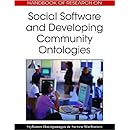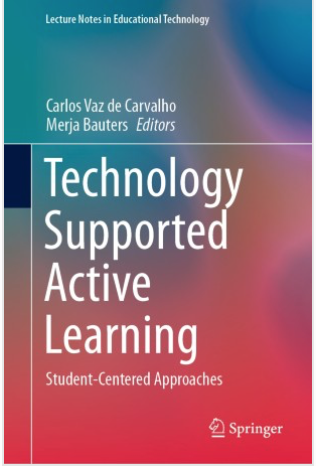
migrating affordances?
October 26, 2007MIGRATION AND NARRATION
Brigitte Boenisch-Brednich
Her article from electronic journal Folklore aims to work out the main narrative techniques of “telling migration”. It is based on field studies of people who moved to New Zealand after war. Why i find this article interesting? It picks up some affordances that are more extending, inviting for the newcomer. It demonstrates how people try to shift from one ecology with certain activity potentials and affordances for them, into another align system by drawing comparisons. Very semiotic approach of translating meanings from align framework to the common one by using certain connection points (see Stecconi writings).
It kind of makes me think about possibility of transferring affordances from some mediating tools in one environment into the totally new object in new setting that then becomes the substitute tool.
Can affordances be re-embedded?
Will the connection with the previous tool and its affordances remain embodied in person and will it be evoked simultaneously with the new tool and its affordances for a certain period of time?
It is also interesting how the narratives point to the affordances in the environment and there is also personal justification and evaluation for these affordances.
To the paper:
The approach is to investigate migration from the perspective of focussing on everyday life, an investigation on the basis of personal experiences, such as “work, housing, food, celebrations, social life”. A special focus is set on the analysing of “mental narratives” as key stories, examples, comparatives etc.
In terms of migration experiences there are 3 types of narrative items:
a) Stories about leaving and arrivingThe narratives of the very first impressions on New Zealand are vivid and mostly very short. The first impressions, beside taking in the new landscape, were mostly those of the different food, the missing coffee-shops, the Sundays when everything was closed. But sometimes it was pleasurably different.
b) stories about the first year in New Zealand, which are stories about cultural misunderstanding, language problems, homesickness; basically about feeling alien, and being considered alien.
They outline pictures showing very different, often incoherent patterns to the outsider; only the migrant him- or herself can bring it to a pattern which makes sense for him- or herself.
c) there is a form of narratives covering the whole life of a migrant: the narratives of comparing countries and cultures – the culture you come from and the one you are now living in.
The underlying system of all the stories is the overall scheme of constantly comparing countries.In the process of composing points to compare, people create a supposedly objective reality; this enables them to combine argumentation and narration, and to make sense of their world.
*drawing very personal conclusions
Comparing countries can also mean that people are drawing very personal conclusions about their life in both countries.*justification, push the rational narrative to points of proving their decision was right
A very personal decision is therefore followed by creating individual narratives which underline the direction in which they have sought to change their biographies.
They push the rational narrative to points of proving their decision was right, because they feel right.*trying to narrate success
maybe 10% per cent of my interviews revealed this slightly problematic pattern of trying to narrate success when you should really be talking about misfortune or failure. The usual way is that a key narrative is used as a personal and symbolic mark5 to give a rationale









Leave a comment